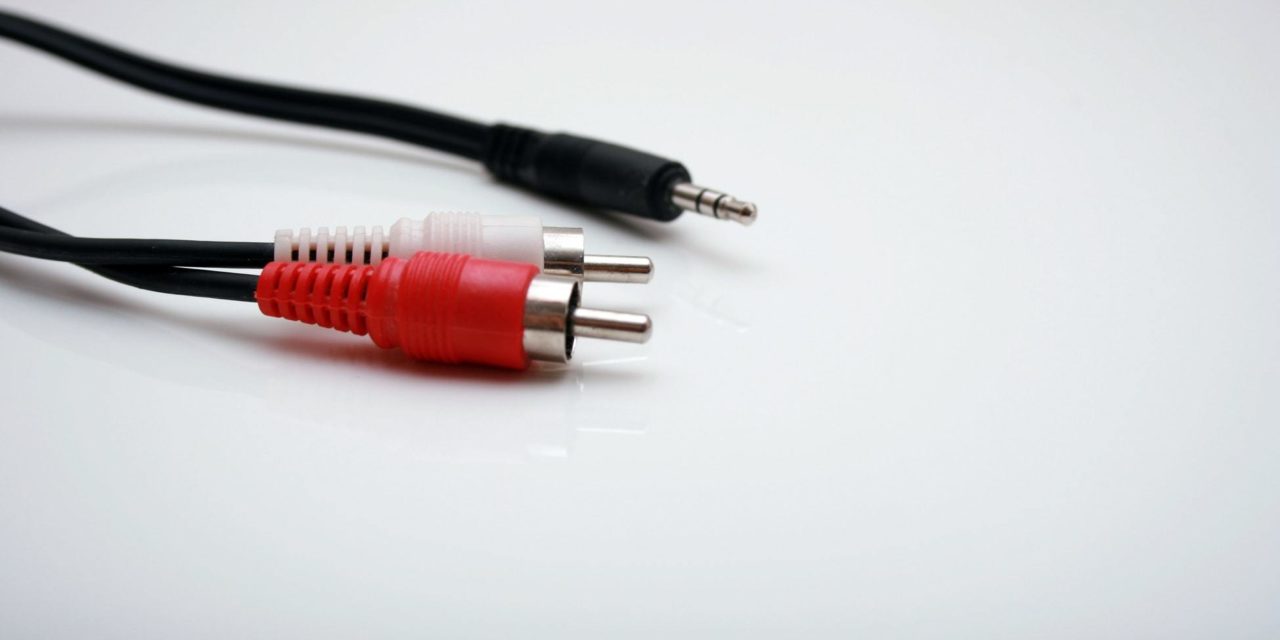[ad_1]
The electronic keyboards market is a very competitive arena with some big players including Yamaha, Roland, Casio and Korg (amongst others). This is all good news for the consumer because what we are seeing is high quality and feature packed keyboards which offer incredible value for money.
However, one of the problems with all these keyboards and all their features is trying to pick the right one for you. In this comparison I have chosen the Yamaha PSR-E423 and Casio CTK-5000, which go head to head in the medium size sector. I'll run through some of the similarities and differences so that you can gain a greater understanding and hopefully make a better choice for yourself.
Keyboard
Both these instruments have a 61 note keyboard with full size keys. However, the PSR-E423 has organ style keys whereas the CTK-5000 has piano style keys. Even though both keyboards have touch response, which means you can vary the note depending on how much pressure you apply to the key, the organ style notes of the PSR-E423 will remain on for as long as you hold down the key. On the other hand, the piano style keys of the CTK-5000 will allow notes to gradually fade away.
The PSR-E423 has 32 note polyphony whereas the CTK-5000 has 48. Polyphony is the number of simultaneous notes which can be played at the same time. In this context, the CTK-5000 is capable of providing smoother and more natural transitions between notes.
Sounds
Both keyboards have a similar specification when it comes to onboard sounds and tones. The PSR-E423 has 700 tones and the CTK-5000 has 670. These range from a grand piano to a triangle, and every other instrument conceived in between. As with most instruments of this type – some are good, some are not so good.
Similarly both keyboards are extensively stocked with onboard rhythms and songs. The PSR-E423 has 174 rhythms whilst the CTK-5000 has 200. You can use these as accompaniments to enhance your own performance. Likewise, the PSR-E423 has 30 songs whereas the CTK-5000 has 152. These are useful for lesson play and your own listening enjoyment.
Features and Facilities
Both keyboards have digital effects available including reverb and chorus (PSR-E423 has 9 reverb and 4 chorus; CTK-5000 has 10 and 5) and both have a sequencer so that you can put together and record your own compositions (both keyboards have 6 tracks available with a 5 song memory). Additionally the CTK-5000 has an SD card reader for increased versatility so that you can download/upload your own files.
You can connect a set of headphones to the output of both instruments for silent practice. However, only the CTK-5000 has line outputs for connection to an external PA system or mixer. For this reason, the CTK-5000 is better suited if you wish to use it in a live performance situation.
One other noteworthy feature, again with the CTK-5000 only, is the sampling function. With this you can record any audio sound input (maximum 10 seconds) and then play it back through the keyboard. This opens up a whole new range of creative possibilities and potential for fun.
Conclusion
As you can see, both these keyboards are very similar in terms of specification. For home use, you basically cannot go wrong with either. The CTK-5000 lends itself slightly more to a live environment. However, the PSR-E423 has more onboard instrument tones and a lower recommended retail price. Ideally the best thing to do would be to try both before buying, but at least now after reading this article you should know what to expect.
[ad_2]
Source by Rikki Abbott

